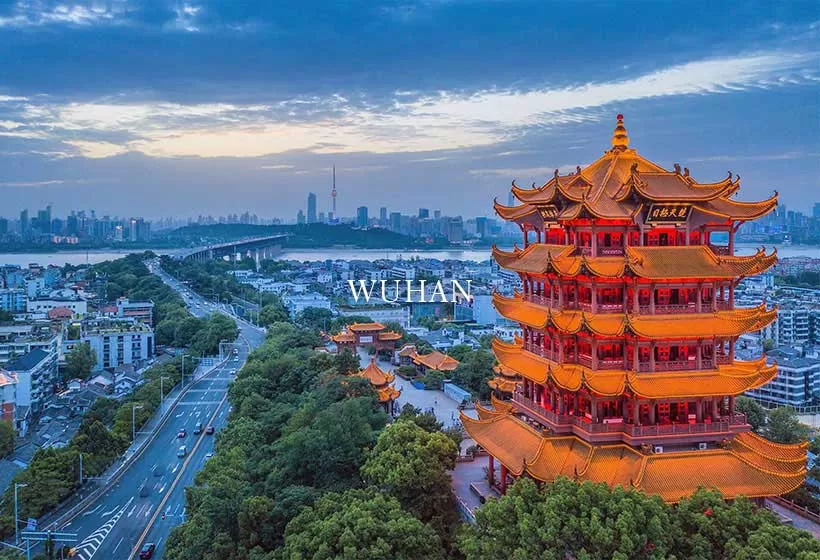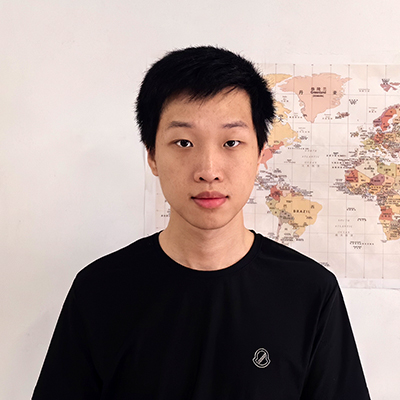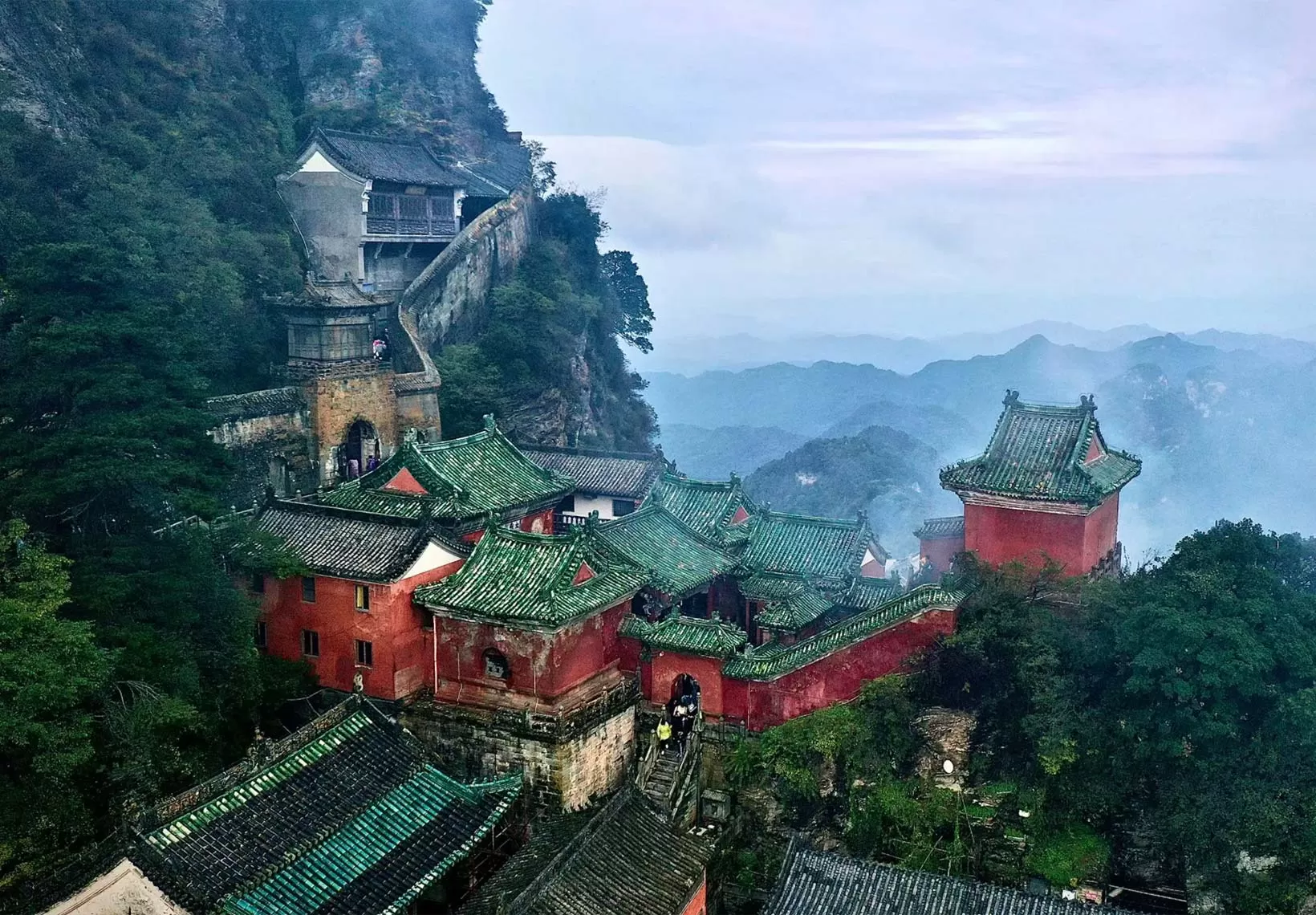Short Introduction to Wuhan Local Culture
Wuhan, abbreviated as "Han" and also known as the “River City”, is the capital of Hubei Province and a National Famous Historical and Cultural City. Located in the eastern part of the Jianghan Plain, it sits at the confluence of the Yangtze River and its largest tributary, the Han River, giving rise to the layout of Wuhan three towns facing each other across the rivers. Crisscrossed by rivers and dotted with lakes and ports, water bodies account for one-quarter of the city’s total area. As a central hub in China’s economic geography, Wuhan has long been known as the “thoroughfare of nine provinces”.
Wuhan is a key birthplace of Chu culture and has been a major military and commercial center in southern China since the Spring and Autumn and Warring States periods. During the Ming and Qing dynasties, it was praised as “the most prosperous place in all of Chu” and one of the “Four Great Merchants Gathering Places” in China. As the starting point of the 1911 Revolution, Wuhan played a pivotal role in modern Chinese history, repeatedly serving as a national center of politics, military affairs, and culture.
Brief History
The history of Wuhan can be traced back 8,000 to 6,000 years to the Neolithic period. The Panlong City Ruins, discovered in the 1950s and dating back 3,500 years, are regarded as the "root of Wuhan".
The origins of Wuhan date to the late Eastern Han Dynasty, when Huang Zu, Prefect of Jiangxia, built Queyue City, and later, Sun Quan of Wu constructed Xiakou City. When Sun Quan built Xiakou, he also erected a watchtower near Snake Hill, which became the world-famous Yellow Crane Tower. In 208 AD, the Battle of Red Cliffs took place near Wuchang, which was the first large-scale river battle in the Yangtze River Basin.
During the Sui Dynasty, Jiangxia County and Hanyang County were established, and in the Tang Dynasty, both Jiangxia and Hanyang were elevated to prefecture-level seats and became major commercial hubs along the Yangtze River. As the economy flourished, literary and artistic figures gathered here, and Wuhan emerged as a cultural center in southern China. It was also during this time that the nickname "River City" came into use.
In the Southern Song Dynasty, General Yue Fei was stationed in Ezhou (now Wuchang) for eight years, launching northern expeditions from here. During the Yuan Dynasty, Wuchang became the provincial capital of Huguang Province, marking the first time Wuhan served as the seat of a top-tier administrative division.
In the mid-to-late Ming Dynasty, the course of the Han River shifted, separating Hankou from Hanyang and laying the foundation for the “Wuhan Three Towns”. By the late Ming and early Qing dynasties, Hankou had become one of China’s "Four Great Towns" and the most prosperous city in central China, evolving into a national hub for both land and water transportation, gaining fame as the "thoroughfare of nine provinces".
In the late Qing Dynasty, Hankou was designated as a treaty port for foreign trade. The founding of Hanyang Iron Works in 1890 marked the beginning of China’s modern industrial revolution. In 1911, the Wuchang Uprising ignited the 1911 Revolution, which led to the founding of the Republic of China, wuhan became a revolutionary center and experienced rapid economic development. After the War of Resistance against Japan and the Chinese Civil War, Wuhan's economy suffered many blows.
On May 16, 1949, Wuhan was liberated, and the city was formally established with the merger of the three towns. In 2019, Wuhan became the epicenter of the COVID-19 outbreak and underwent a 76-day lockdown. Ultimately, the city overcame the pandemic.
Wharf Culture
The development and transformation of Wuhan as a city are closely intertwined with the rise and fall of its wharves. Located in the middle reaches of the Yangtze River and at the confluence of the Yangtze and Han Rivers, Wuhan has long served as a vital transportation hub connecting nine provinces. The ports, docks, and river shipping along these waterways laid the foundation for the city's emergence, growth, and prosperity, and in turn gave birth to a distinctive and deeply rooted wharf culture. These wharves were not only centers for the exchange of goods from north and south, but also melting pots embracing people and cultures from the world. Traditional wharf culture is the product of diverse cultures interacting and blending, it embodies the essence of traditional Chinese and local Jingchu culture, while also bearing traces of modern Western influence.
What wharf culture has instilled in the people of Wuhan is, above all, a broad-minded and forward-looking worldview, an inclusive and open heart, and a spirit of exploration and innovation that welcomes new ideas and dares to lead the way. It is no coincidence that the Wuchang Uprising, which ignited the 1911 Revolution, began here. The shrewdness and intelligence of Wuhan’s people are not inherited, they are cultivated through openness and tolerance. Wuhan embraces diversity, welcoming people from all directions and integrating various influences as its own. Among all major cities in China, only Shanghai and Wuhan are preceded by the word "Great"—“Great Shanghai” and “Great Wuhan”, that this designation reflects not just physical size, but a greatness of inclusivity and cultural breadth.
Special Festivals
East Lake Cherry Blossom Festival
East Lake Moshan Cherry Blossom Garden in Wuhan covers over 300 mu and is planted with more than 10,000 cherry trees of 56 varieties, making it one of the world’s three major cherry blossom capitals. The peak blooming period lasts from mid-March to early April, attracting visitors from all over the country each year. The East Lake Cherry Blossom Garden also hosts the Cherry Blossom Festival and special nighttime blossom-viewing events annually.
Old Street Flower Festival
The Old Street Flower Festival is held on the 15th day of the second lunar month. It is said to have originated with Empress Wu Zetian, who loved spring outings and flower viewing. The custom spread from the imperial court to the people and together with the Lantern Festival and Mid-Autumn Festival, the Flower Festival became another important mid-month celebration. Since then, celebrating Flower by going on spring outings has become a beloved folk tradition, passed down through generations.
Yangtze River Crossing Festival
Wuhan Yangtze River Crossing Festival is a public celebration held in honor of Chairman Mao Zedong's famous swim across the Yangtze River. During the festival, visitors from across the country gather in Wuhan to swim in the Yangtze, tour the city’s three towns, explore the rich culture of ancient Chu. In addition to non-competitive mass swims open to swimming enthusiasts, it also features timed individual races known as competitive crossings.
Diet Style
Wuhan cuisine is a quintessential representative of Hubei (E) cuisine. Based on the local flavors of Hankou, Hanyang, Wuchang, and Huangpi, it has absorbed the strengths of various culinary styles from both within and outside the province, gradually developing its own distinctive character. It is known for its strict ingredient selection, refined preparation, precise knife work and heat control, as well as its emphasis on color coordination and presentation. Famous for its skillful preparation of delicacies from both land and sea, Wuhan cuisine stands out for its unique freshwater fish dishes and stewing techniques. Its flavors focus on freshness, tenderness, mildness, and softness; dishes are often richly sauced, glossy, thoroughly flavorful, and nutritionally balanced.
Influenced by its wharf culture, Wuhan’s food also carries the traits of being bold in flavor, generously oiled, and budget-friendly. For dock workers, the most important considerations were taste and satiety, whatever was delicious and filling was preferred. Located in the middle reaches of the Yangtze River, Wuhan’s food reflects the spiciness of the upstream regions and the sweetness of downstream areas.
Wuhan’s snacks are best enjoyed in the morning and late at night, breakfast and midnight street food being the most iconic. The saying “taste Hubu Lane in the morning, feast on Jiqing Street at night” captures its culinary charm and earns it reputation as a “City of Gastronomy”. These snacks are delicate and artistic, with creative forms. Almost all are made from rice or wheat, enhanced with a variety of techniques including steaming, boiling, pan-frying, and deep-frying. Each signature breakfast item has its famed origin: hot dry noodles from Cailinji, doupi from Laotongcheng, and tangbao from Sijimei, which are treasured culinary symbols for the people of Wuhan.
Cultural Heritage
In Wuhan, this river city, every brick and tile, every ancient tree, every stretch of city wall reads like an open history book, telling a 3,000-year story through the charm and elegance of Chu culture. The Yellow Crane Tower has long welcomed scholars and poets, standing guard over the Three Towns and the picturesque Yangtze River. The Panlong City ruins trace the cultural roots of Wuhan, offering a tangible connection to a time 3,500 years ago. At the Guqin Platform, the sound of zither strings recalls the meeting of soulmates Boya and Ziqi, infusing the city with sincerity and grace. The Sword of Goujian King of Yue glimmers with a chilling brilliance, forming a bridge between time and space.
These three millennia of civilization have never truly faded, they’ve transformed into the everyday life of Wuhan, flowing through every meal and every word, every gesture of its people. The soulful melodies of Han opera, lingering for centuries, express 400 years of heritage; the vivid patterns of Han embroidery, crafted stitch by stitch, carry the devotion of generations of artisans. As a key birthplace of Chu culture, Wuhan has also played host to many legendary tales: Bo Ya playing the guqin, Guan Yu wielding his blade, Mulan joining the army, Yue Fei stationing his troops, and the Wuchang Uprising sparking the 1911 Revolution, all of which have enriched the city with priceless intangible cultural heritage.
GREAT FAMILY CHINA TOUR
JULY 2024 We wanted to thank Grace at China Culture tour for organizing a great tour of China. We enjoyed our Beijing - Xian-Chengdu -Guilin -Yangshuo - Shanghai trip. Our local guides Bruce in Beijing, Susan in Xian, Jane in Chengdu, Mike in Guilin and Mary in Shanghai took care of us…read more details »
Teng Han L from SINGAPORE
Ready to Create a Unique Dream Travel?


